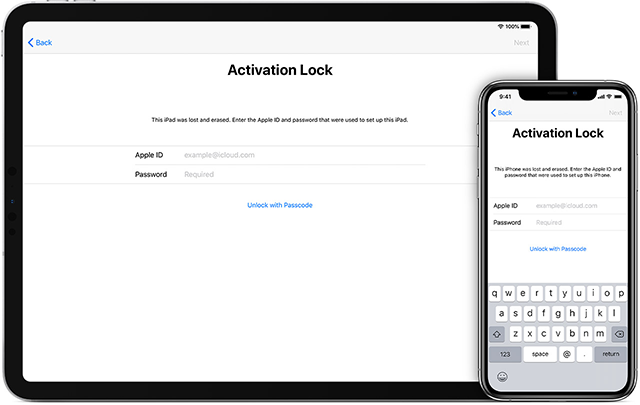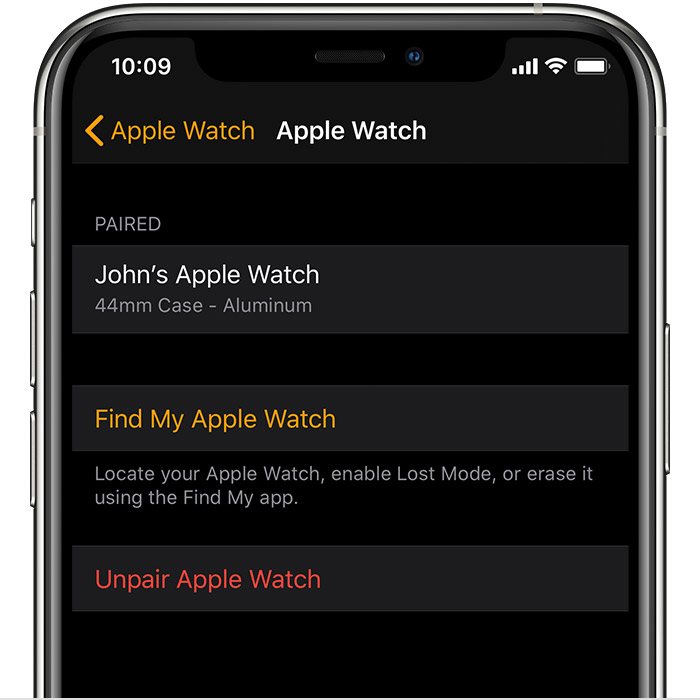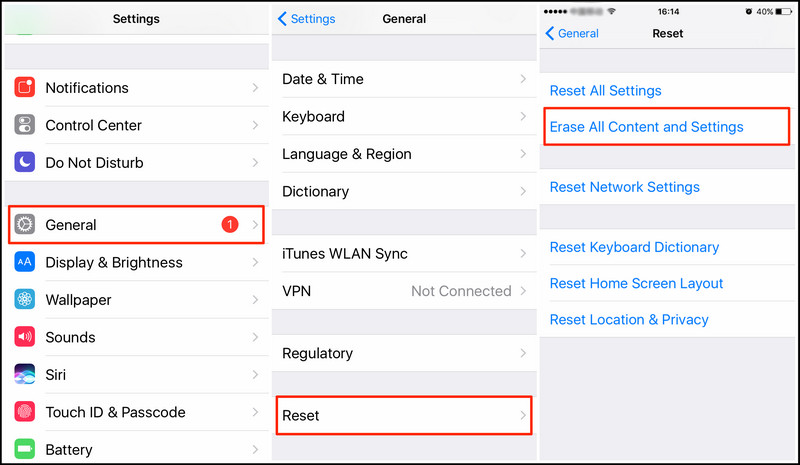

For example, somebody who was only an iPhone user who has moved on to a competing platform may not have their Apple ID and password handy, or they may have even closed their Apple ID down entirely. The steps above are by far the very easiest way to remove Activation Lock from a device that’s no longer in your possession, but there may be several reasons that this could be problematic. Note that step 7 is necessary since - unlike wiping your device in person - erasing an Apple device remotely does not automatically remove Activation Lock, since if your iPhone you may simply want to make sure your data doesn’t fall into the wrong hands, but you still don’t want to basically give your device away to a would-be thief hence the second step required to remove the device from your account, and by extension, your ownership.


Sign in with your Apple ID and password.In the event that you’ve sold or given away your device already and actually forgot to erase it and disable Activation Lock before doing so, then you can still do it remotely simply by logging into from any web browser and erasing it remotely from the Find My portal. This will also disable your ability to track your iPhone and put it in Lost Mode, so as we said, it’s generally not a good idea, but the option exists for those who would rather leave these features permanently disabled. When prompted, enter your Apple ID password to authorize the change.Tap the switch at the top to disable the feature.Tap Find My iPhone (or Find My iPad, or Find My iPod Touch, as appropriate).If you’re concerned about this possibility - after all, even the best of us can fall victim to grab-and-dash “buyers” - an alternative option is to leave Activation Lock enabled until you’ve actually completed the transaction and have the money in your hand.Īlthough this is not recommended, you can also disable Activation Lock without wiping your iPhone, iPad, or iPod touch and disabling the Find My feature - Activation Lock works hand-in-glove with Find My iPhone. Of course, the downside is that once your iPhone is in this mode, it can also be used by a would-be thief, so be particularly careful when trying to sell it, as you’ll no longer have the protection of Activation Lock. Once your device has been wiped, it will basically be returned to the same settings as it had when you first took it out of the box, and can subsequently be activated by anybody. This is the step at which Activation Lock is also disabled. Note that you’ll only be asked for your Apple ID password in step 8 if Activation Lock has been enabled on your iPhone in the first place - which it normally is as part of Apple’s Find My feature. Wait for your device to finish erasing.When prompted, enter your Apple ID password.

REMOVE IPHONE ACTIVATION LOCK HOW TO
What this will do, however, is make it easier for folks who are selling a second-hand Apple device to understand how to remove the activation lock, as well as provide an easier way for buyers of used devices to get the original owner to remove the Activation Lock remotely. Apple still isn’t offering any direct recourse for users who purchase a second-hand device that’s locked by its original owner, since doing this would compromise the integrity of the entire Activation Lock process. Note that everything on this support page still requires that you be the actual owner of the device in question. To be clear, the new Turn off Activation Lock support page doesn’t actually introduce any new methods for disabling the security feature rather it simply puts everything needed to deal with Activation Lock - which can be a confusing feature for many people - in one easy-to-access place.


 0 kommentar(er)
0 kommentar(er)
